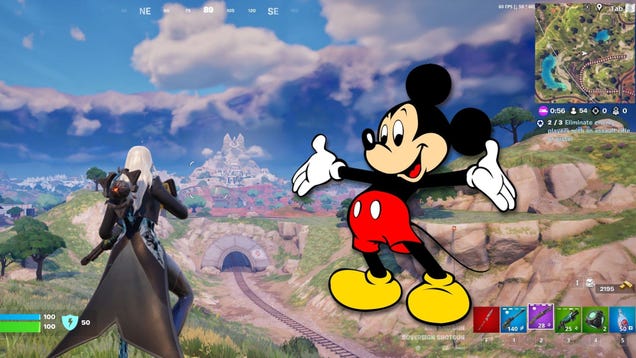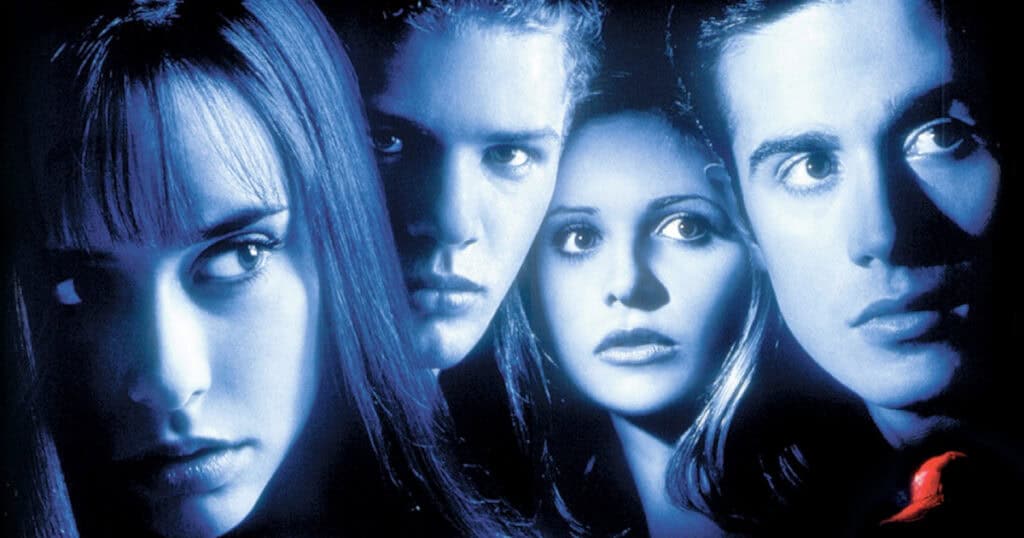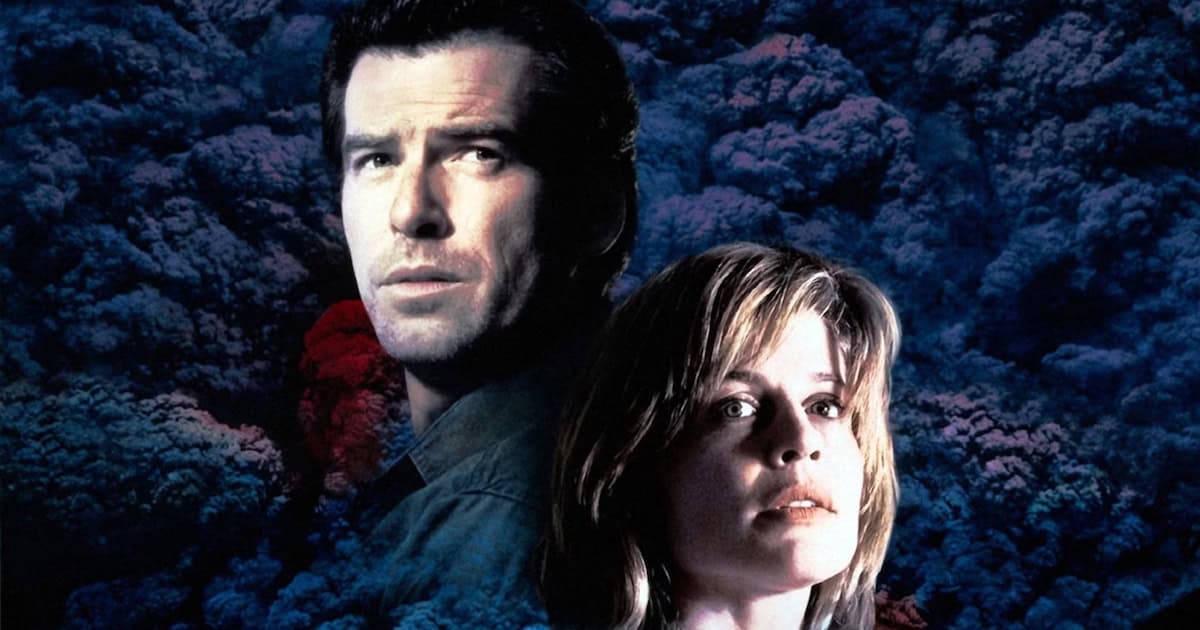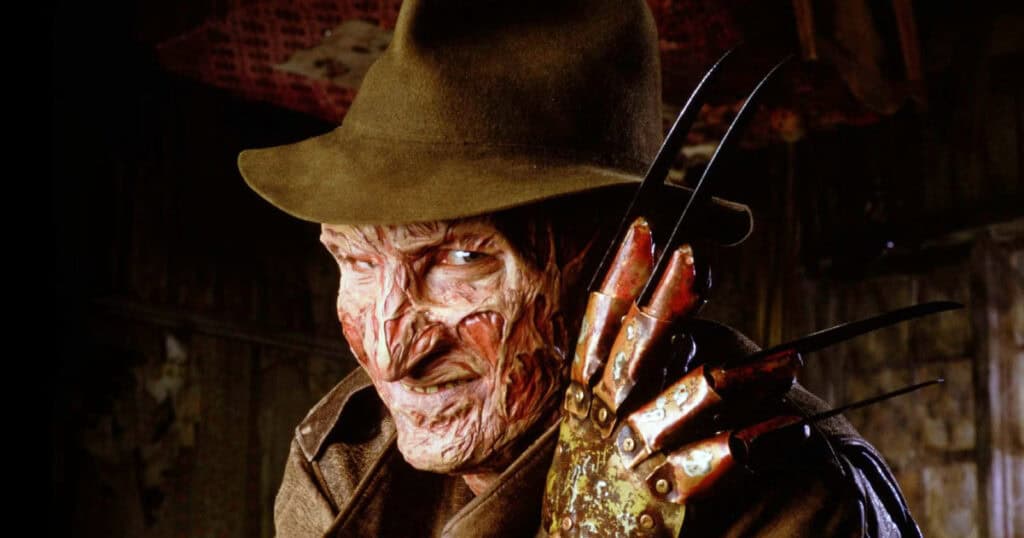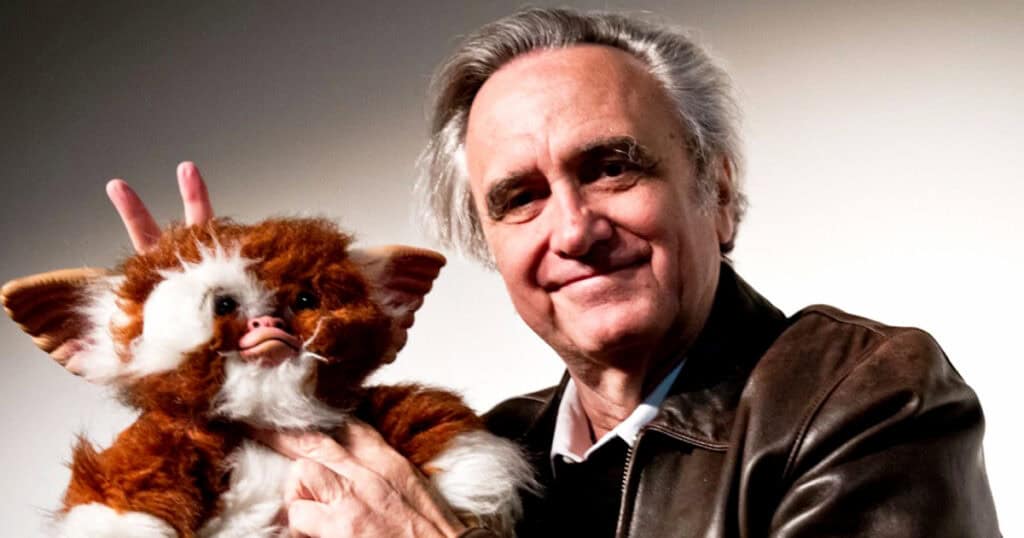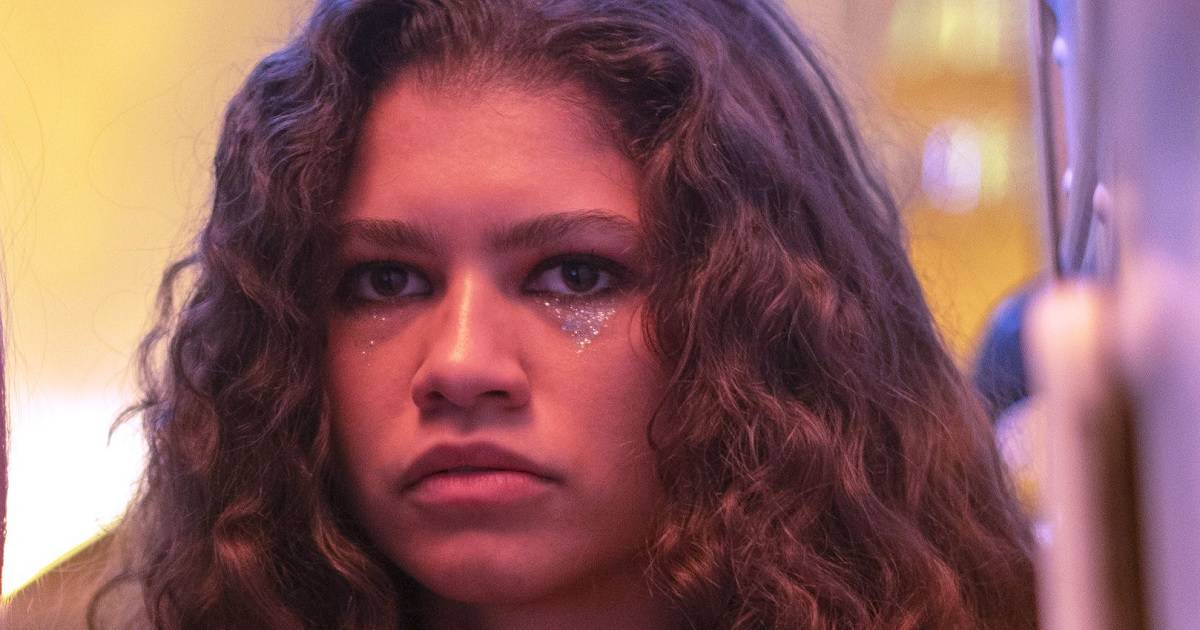

Season 3 of HBO’s provocative series Euphoria, from Sam Levinson, is scheduled to hit TV screens sometime in 2025 as the delays will have the series resume filming in January. Levinson had planned to work on season 3 while his other series for HBO, Idol, was in post-production, but the dual strikes from the writers’ and actors’ unions would initially hold up the production. HBO’s Head of Drama Francesca Orsi said last year, “Euphoria is one of those that we had begun writing in tandem with post-production on Idol but at this point, we don’t have countless scripts. We can’t start shooting, so the delivery of that show — ideally in 2025 — will be determined on when we can pick back up with Sam [Levinson], who at this point is all pencils down and just finishing posts on Idol.“
The plot point that is currently known for the anticipated third season of Euphoria is that it will feature a time jump. The Hollywood Reporter reveals that the series’ star Zendaya recently addressed the time jump in an interview for Entertainment Weekly‘s The Awards podcast. She explained, “It’s important because there’s only so much high school drama you can deal with. ‘And then she cheats on her boyfriend again!’” Zendaya is also an executive producer on the risqué show. However, she could not share details about what is coming up in the next season, except that it will be “fascinating.”
She continued, “I don’t actually know much about what is happening. I don’t quite know exactly what the season is going to look like, but I do know that the time jump is happening. “It will be fascinating to see and understand these characters outside of the context of high school and how all the stuff that we saw when they were kids and they were in high school affects the adulthood they have and who they become in a much bigger world. I’ll be interested to see what happens too.”
Meanwhile, series breakout star Sydney Sweeney also teased the time jump when talking with Cosmopolitan. “We did have a long time between season one and season two, but especially now with the time jump, it’s a new process for me,” Sweeney told Cosmopolitan. “I’m kind of just learning as I go and being open for whatever’s to come. But I’m also really excited. I love Cassie. She is always such a thrilling character to play, so I’m really looking forward to what’s gonna happen in her life.“
The post Euphoria star Zendaya addresses the time jump made for season 3 appeared first on JoBlo.
